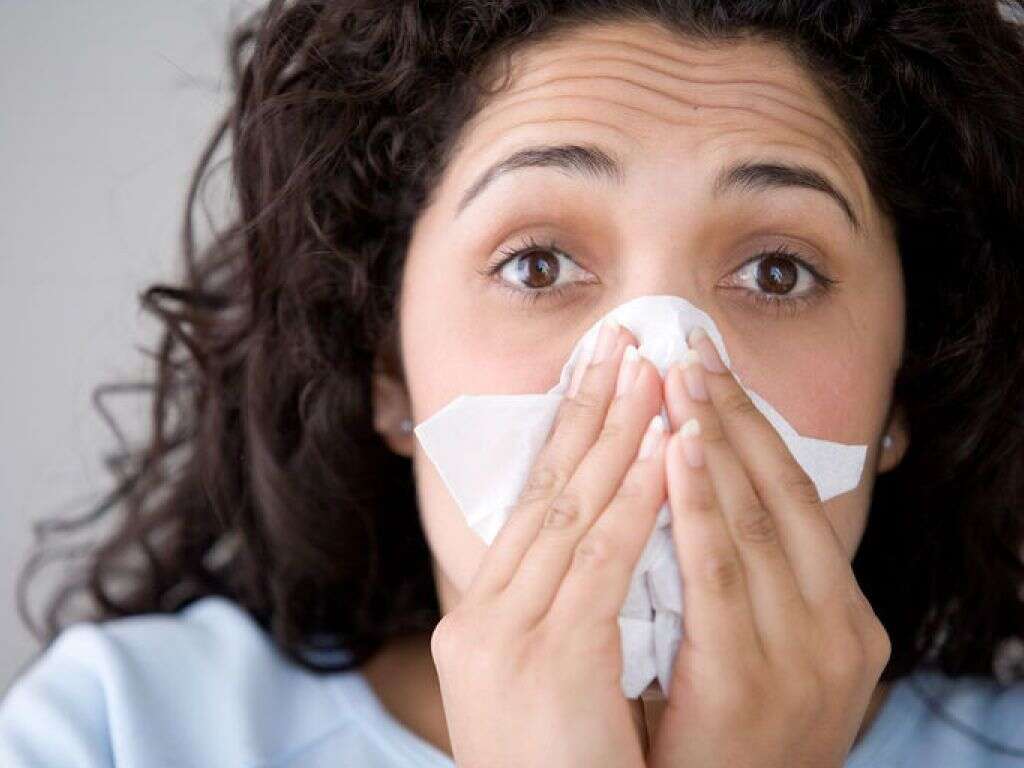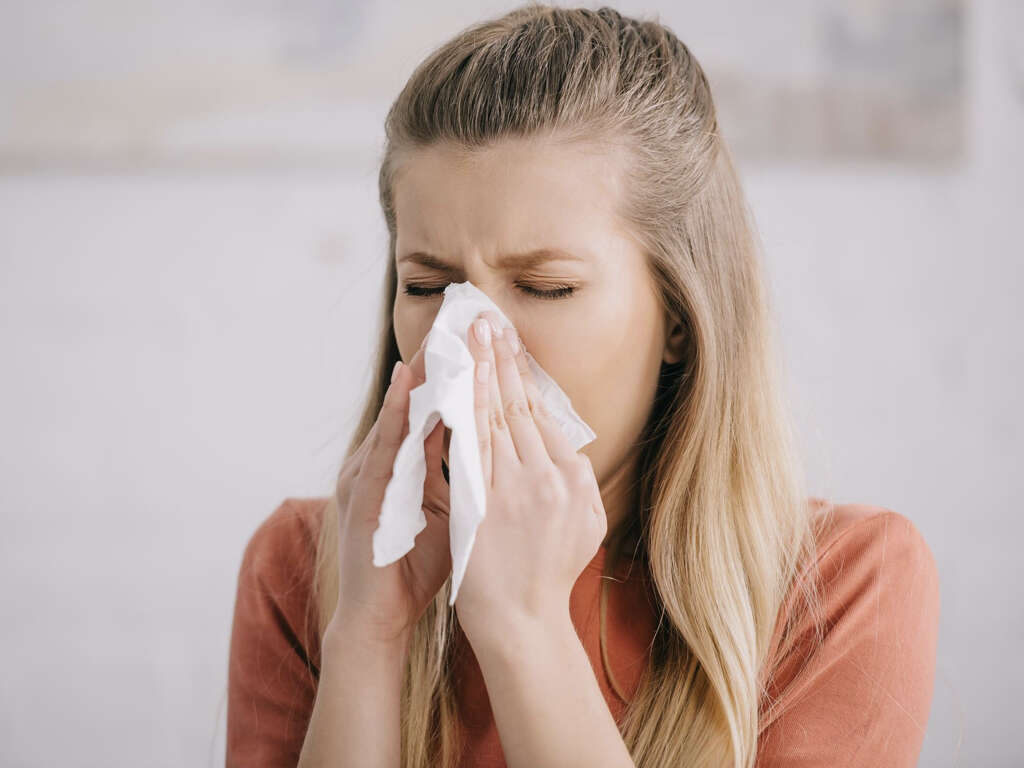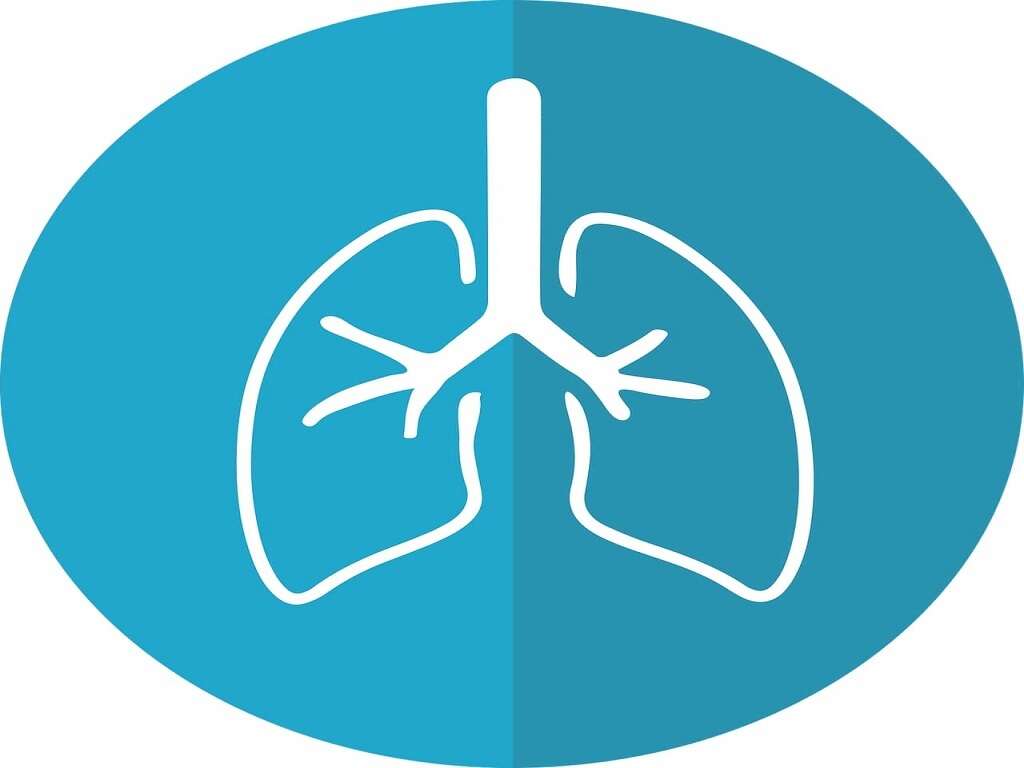10 Upper Respiratory Infection Symptoms
An upper respiratory infection is perhaps one of the most common illnesses of all and has been with mankind for as long as we can remember. It is not a dangerous condition in itself but has still claimed many lives of people that were already considerably weakened. This was more of a problem in the past when living standards were lower.
The condition is more commonly known to us as the common cold, although it is a blanket term for a selection of illnesses. It will usually pass within a few days or so, rarely even needing a visit to a doctor.
Nonprescription remedies are available that can help to ease the symptoms. Although not dangerous, people that are very vulnerable to illnesses should be monitored. Below are 10 symptoms of an upper respiratory infection to look out for.
Symptom #1: Runny Nose
Every single day, we are inhaling large volumes of air, mostly through our noses. This provides us with a constant source of fresh oxygen, which we need in order to survive. With so much air passing through our airways each day, it is inevitable that some of it will contain pathogens.
To help protect against airborne pathogens, the lining of our nose has a sticky mucus that we know commonly as snot. This mucus traps these pathogens and makes it easier for us to force them out of the body. In the case of a cold, this mucus can become more liquid than usual, causing it to run out of our nose.
Symptom #2: Cough
In the past, a cough could be a terrifying sign. It was often a portent to an illness that could very well take your life and people would often be quarantined somehow to prevent it from spreading. This cough would often be caused by the common cold, and it could be deadly during times when life was harder.
Of course, an upper respiratory infection is rarely anything to be concerned about nowadays. At worst, it will likely just cause us to tuck up under the blankets for a few days or so. The cough still remains as a symptom, but it is mild and rarely anything to be concerned about.

Symptom #3: Sore Throat
The tissues at the back of our throat are very soft and delicate. This is not usually a problem to us because they are not exposed, but it can leave them prone to soreness when infected. If you do catch an upper respiratory infection, there is a good chance you will develop a sore throat as a result.
Thankfully, the sore throat associated with the cold should not be too painful. It can also usually be soothed with the help of remedies that are widely available at pharmacies without a prescription. It should only last a few days and will clear up completely once the patient has recovered from the cold.
Symptom #4: Congestion
Our airways need to be kept clear in order for us to be able to breathe. There needs to be enough space for the air to pass through and this is not usually a problem for us at all. When we have a cold, though, then things can get quite congested in the airways.
Congestion is usually caused when the membranes lining the nostrils become inflamed, restricting the space available. A buildup of snot in the nostrils can also contribute to this. The good news is that there are remedies available on the market that can help to ease congestion.

Symptom #5: Headache
For many people, a headache is just a part of life and can come and go without warning and for no apparent reason. For others, it is often a sign that they might be coming down with something. In many cases, it can be a sign that you are coming down with an upper respiratory infection.
Most people with an upper respiratory infection are likely to develop a headache at some point. Thankfully, it is only usually very mild and not likely to cause too much discomfort. A paracetamol or two is usually all that is needed, although stronger painkillers are available if necessary.
Symptom #6: Sneezing
If you find yourself in a dusty environment, you will likely start sneezing. This is because dust gets into the nostrils and sneezing is the body’s way of getting rid of it. Of course, dust is not the only thing that can cause us to sneeze, it can also be caused by an upper respiratory infection.
While sneezing can be inconvenient and even a little uncomfortable, it should not be anything to be concerned about. It will pass in time and there are remedies that can help ease the symptoms. Just try to remember, however, that sneezing carelessly can spread disease.

Symptom #7: Aching Body
Another common symptom that all of us are likely to have experienced at one point is an aching body. Depending on the severity, it can feel as though we have been through a tough time, physically, even when we have not. It is a symptom that some people with an upper respiratory infection will experience.
The aches are caused by inflammation of the muscles and joints. This inflammation is caused by chemicals that are released by white blood cells in an effort to cure the illness. The pains are not usually too difficult to bear, and they can be eased with readily available remedies.
Symptom #8: Low Fever
Whenever we feel ill, we will often reach for a thermometer to see if we have a fever. A fever is a result of our natural immune system trying to make the body a difficult place for germs to survive. A fever will often come with many types of illness, including an upper respiratory infection.
While a fever will sometimes come with an upper respiratory infection, it is usually only mild at worst. Indeed, one reason why many people realize they have flu rather than a cold is because of the severity of the fever. However, particularly vulnerable patients should still be monitored in case the fever rises dangerously high.

Symptom #9: Malaise
Occasionally, it can be difficult to put a finger on exactly how you feel. You can feel unwell without being able to describe exactly how you feel bad. You just feel as though something isn’t right. This is commonly known as malaise and it is a symptom you are quite likely to experience if you have an upper respiratory infection.
Malaise is likely to leave you not wanting to do much. This is often a good thing, though, as getting enough rest will help in making a full recovery, quickly. It will pass harmlessly in a few days or so once the cold has cleared up.
Symptom #10: Wheezing
If the airways become inflamed, or if the space is restricted in some other way, then it is harder for air to pass through. As we breathe, the air is forced to squeeze through a tighter than usual passageway. This compresses the air as it passes through and causes a wheezing sound.
Wheezing is not a standard symptom of an upper respiratory infection and is a sign that the patient might be struggling. In such cases, you should consider seeing a doctor, especially in cases where the patient is vulnerable. This is also the case if the fever runs too high, and if symptoms such as a sore throat become too painful.











